A prominently located ad in Donegal Airport's departures area poses a serious question: "Do you really need to leave?"
Medical device maker Randox, in the middle of a recruitment drive, is behind the ad, appealing to people to live and work in their native county, one of the most economically deprived areas in the Republic.
Getting people to relocate to Donegal may be tough for Randox and other big employers, but it’s not necessarily a hard sell for the county’s diaspora given Dublin’s rapidly rising house prices and increasing cost of living. The issue for the county is unquestionably access.
There are no trains running to Donegal, and its location in the northwest means most people in the Republic have to cut across Northern Ireland to reach Donegal.
Its geographic location and distance from the capital has effectively seen it starved of much of the infrastructural investment that flowed to the rest of the State in the period leading up to the economic crash.
“It’s pretty geographically isolated,” Michael McLoone, Donegal Airport’s chairman says, adding that the roughly four-hour drive to Dublin means the airport is key to helping the region compete for strategic investment, both from businesses and the State.
The airport is serviced by daily flights to Dublin operated by Stobart Air on behalf of Aer Lingus under a Public Service Obligation (PSO) contract funded by the State.

Through this contract, in addition to operational and capital grants, the airport is heavily subsidised but McLoone argues that that is necessary because of the poor access the county has.
While those who have never used the facility may question the prudence of the subsidised flights, a plethora of businesspeople and users of the flights who spoke to The Irish Times were keen to indicate their importance.
On Sunday evening, the St Ita ATR 42-600 was almost full to capacity, carrying a range of students, weekend travellers and businesspeople.
“How was Eileen’s thing on Friday?,” one woman asked an acquaintance she ran into on the bus from Dublin’s terminal building to the plane.
For a county without so much as a dual carriageway, the airport is an important link. For example, Cancer Care Northwest, a charity, has secured special fares for people travelling with their companions to Dublin to receive treatment.
Ripple effect
There is also a significant ripple effect from the airport's daily activities. Taxi driver Jackie Hughes, who has a dedicated seat just inside the airport's main door, picks up business from every flight that lands, and delivers any luggage that gets lost around the county for Stobart.
When we arrived at Dungloe's Waterfront Hotel, general manager Martina Rafferty was quick to note the importance the facility has for the region's tourism. "It's a great asset," she said.
The airport's Take Off magazine is produced by a local company based in Annagry, which employs between eight and 10 people – it also produces Knock airport's magazine Go West as well as The Skipper, a monthly commercial fishing publication.
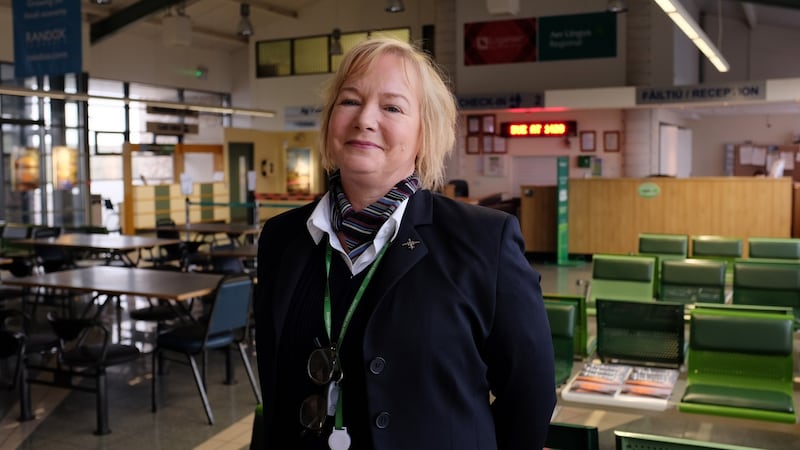
Then there’s the fact that when Stobart’s crew land every evening and after they park up the plane, they require a place to stay. Every night for 364 days in the year, the three crew members take rooms in a local hotel, that’s just shy of 1,100 bed nights.
But there’s no escaping the fact that the airport’s passenger numbers are small. In 2018, passenger numbers totalled 46,538, with Dublin traffic rising by 9 per cent on the previous year.
To put this in context, Dublin Airport does almost double that in one day while Kerry Airport carried 365,000 passengers in 2018 and Ireland West Airport (better known as Knock) carried more than 770,000 passengers.
Of growing importance is the ability to connect to the rest of Aer Lingus’s network from Donegal, meaning that once you check in your bags at the airport, you won’t see them again until you land at your ultimate overseas destination.
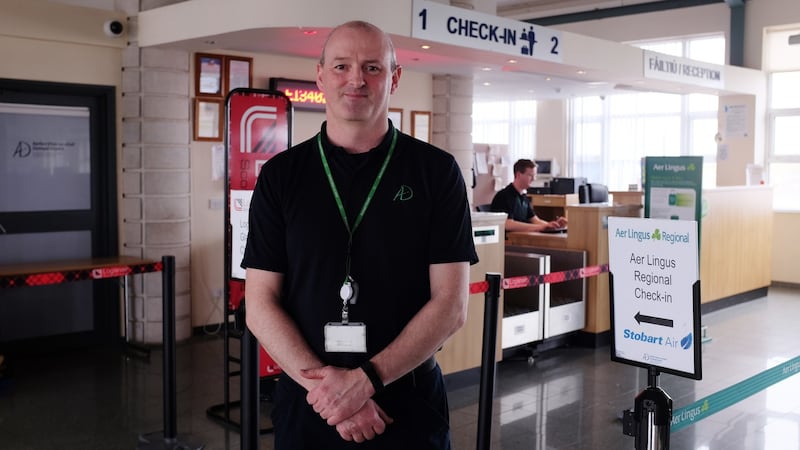
Some 19 per cent of last year's passengers made onward connections. Of that, 23 per cent were going to the US, 37 per cent to the UK and 35 per cent to Europe.
Kevin Gillespie, who works in operations and passenger services having previously worked at Dublin Airport for more than 20 years, stressed the extent to which US tourism numbers are growing. "The airport has become very valuable" for the connections through Dublin, he said.
Pauline Sweeney, the airport's marketing manager who has been working in the facility for 19 years, noted that a lot of young Donegal emigrants use the facility. She instanced teachers working in Abu Dhabi who connect through the Aer Lingus network.

And there's also the county's connection with Glasgow in a five times weekly flight operated by Loganair. The Scottish carrier has found the route to be commercially viable, given that it recently increased the volume of flights on the summer schedule from three to five.
For students, it’s also an important asset with a fare just under €30 which includes a check in bag to allow them “bring up the washing on a Friday and go down with food on a Monday”.
Critical infrastructure
For many businesses, the airport is a critical piece of infrastructure. Mark Sharkey, the chief executive of the Templecrone Co-operative Agricultural Society, known locally as the Cope, noted that next week alone they have six sets of flights booked for employees to go to Dublin for a range of activities including training and meetings with buying groups.
“Enterprise in west Donegal is difficult enough and at the end of the day we are part of the Irish economy, we are creating jobs,” he said, noting that the airport has the power to help divert resources to the region.
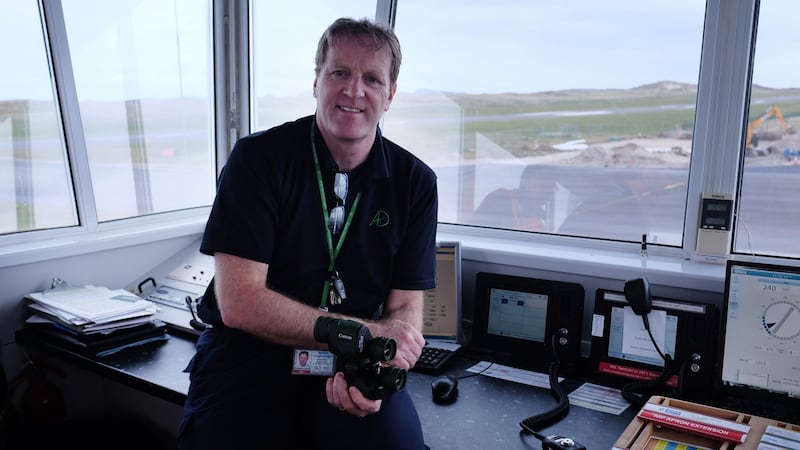
Before taking on his current role, Sharkey used the flights to commute to work in Dublin for nine years. “It allowed me bring my family into one of the most beautiful areas of the country and work at a senior level with an international company. I couldn’t have done that without the airport,” he said.
Employment at the airport gives rise to an annual payment to the exchequer of about €260,000 while the annual payroll of €800,000 generates further benefits to the local economy. Additionally, the inbound tourists contribute about €2.6 million to the local region, creating about 26 extra jobs in the area.
For the airport, the Wild Atlantic Way is seen is another boon with a selection of tourists either starting or ending their journey at the airport, which has a car rental facility.
Meanwhile, Údarás na Gaeltachta, a 49 per cent shareholder, in a recent plan to develop Gaoth Dobhair found the facility to be "paramount to the economic development of the northwest Donegal Gaeltacht".
Among staff and users of the airport there is a sense of pride about working there. "No day is a horrible day here because you have a good laugh along the way," says Eamon Freel, a fire fighter who also works in security and general maintenance at the airport. This double or triple jobbing trend is seen across the facility's 30 staff.
When they’re not putting passengers through security, they might be cutting the grass or helping to clean the main hall.
The PSO win for Stobart has prompted them to invest €13.8 million in their fleet, putting a new, modern, plane on the Donegal route. This move had the effect of allowing the outbound flights from the airport take off at full capacity, something that wasn’t possible with the older model due to the size of the airport’s runway. However, expansion is limited given the length of runway 03/21.
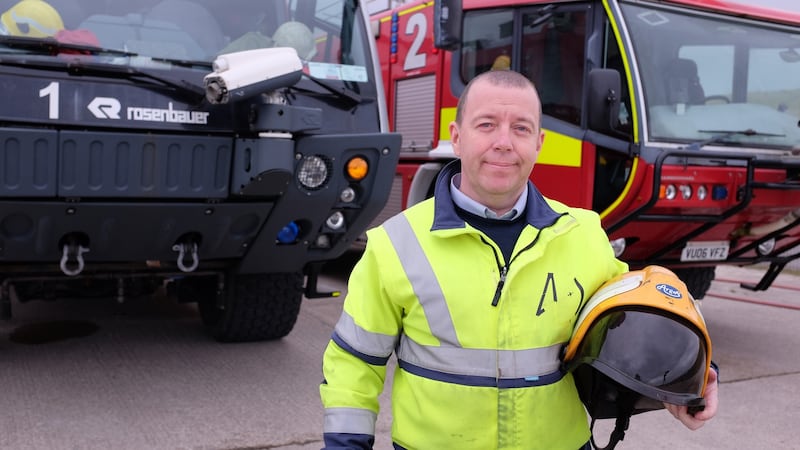
Value for money
Does the volume of public funds spent on the airport represent value for money?
Between 2006 and 2016, Donegal received capital grants of €4.8 million, and operational support of €671,339, a figure that was considerably lower than any of its regional rivals.
It’s unclear how much Stobart earns from the PSO contract. However, the mechanics of it are that they get paid by the State and, in turn, pay landing fees and associated charges to Donegal Airport.
On the journey from Donegal to Dublin on Monday afternoon, the flight was just more than half full. The travellers included a student who goes to university in Dublin but works in Donegal at the weekend. Another was Pat Dunleavy, chairman of Templecrone Co-operative Agricultural Society, who had a meeting in the capital on Monday evening.
McLoone noted that on the Dublin route, Stobart’s load factor – a measure of how full the plane is – is about 60 per cent. The figure for the summer months is considerably higher but if the PSO obligation was pulled there would be little commercial sense in operating this route in its current guise.
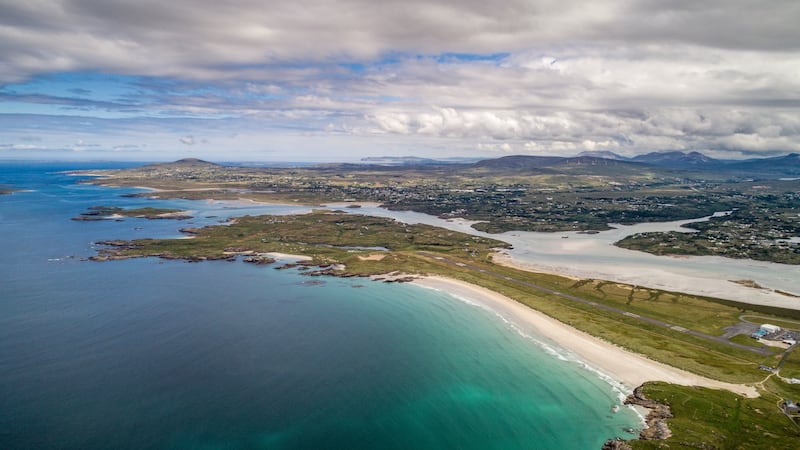
Despite the issues it faces, its board sees potential for the airport. Some of its strategic goals include developing its offshore oil business, facilitating the emergency search and rescue service by positioning Donegal as a future base, and increasing the level of general aviation at the airport.
That last plank in its plan has been helped by its recent award as the world's most scenic landing approach for the second year in a row. Sweeney noted that it recently had a private flight from the Czech Republic which came just to see the scenery.
And the bid to develop the offshore oil business would see it return to its roots. It started as a grass strip set up by businesspeople to transfer crews to fishing vessels.
Donegal’s services have reduced over the years. It previously had flights to Cork and a seasonal charter to Rotterdam. What about the Dublin route? Would it exist without State support?
“No, our view is that we need the PSO,” McLoone says.
While the PSO route is not under threat for now, Donegal airport will have to exploit growing tourist numbers and the desire of employees to remote work to ensure its long-term existence, and avoid the fate of Galway Airport, which closed some years ago.
It seems unlikely that it will ever fully stand on its own two feet - which is not unusual among regional airports - but given the commitment of its employees and the wider community, the skies ahead are clear.












